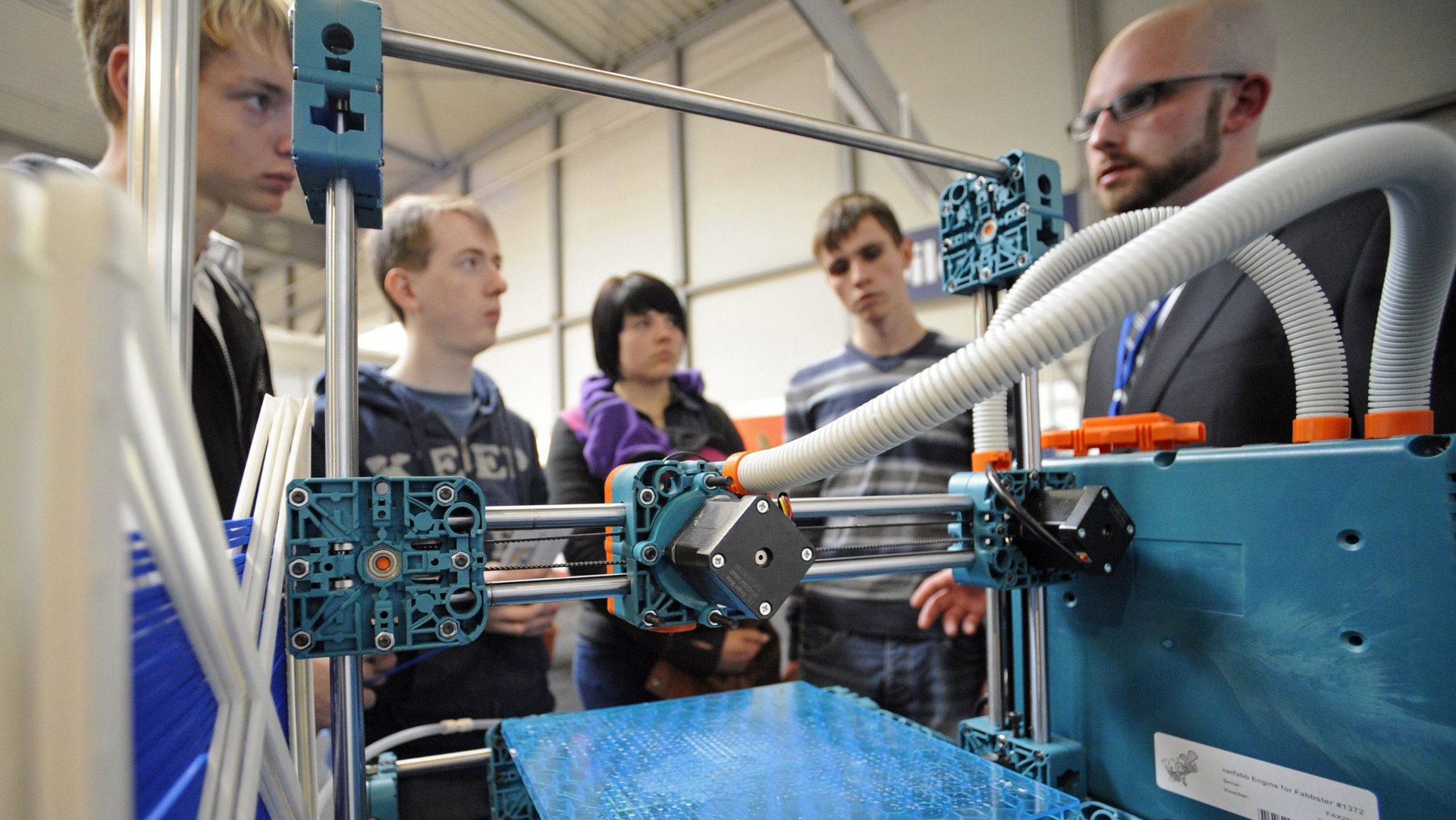3D printing chocolate is a cool idea, and someone is trying to patent it
If there is one thing the patent wars in the mobile industry have taught us, it is that the price of innovation can be ruinously expensive. By one estimate, there are over 250,000 active patents affecting smartphones, or about 16% of all patents presently in force in America. One reason for that astonishing number is that patents are granted not just for groundbreaking innovations but also for relatively straightforward things such as the “slide-to-unlock” feature on the iPhone. That means lawsuits or hefty license fees for those who want build on existing work.


If there is one thing the patent wars in the mobile industry have taught us, it is that the price of innovation can be ruinously expensive. By one estimate, there are over 250,000 active patents affecting smartphones, or about 16% of all patents presently in force in America. One reason for that astonishing number is that patents are granted not just for groundbreaking innovations but also for relatively straightforward things such as the “slide-to-unlock” feature on the iPhone. That means lawsuits or hefty license fees for those who want build on existing work.
Observers fear that the young and rapidly growing field of 3D printing could fall into the same morass. At the moment, 3D printing is seeing a lot of innovation coming from enthusiasts who openly publish and share their work. But if applications to patent similar technology are granted, that means innovators may find themselves unable to use existing ideas for the 20-year life of a US patent.
A coalition of groups is now trying to ensure this does not happen. The Electronic Frontier Foundation, a two-decades-old American digital rights advocacy teamed up with the Cyberlaw Clinic at Harvard and Ask Patents, a Q&A site, to challenge a series of 3D printing-related patents pending approval in the US. Among these is one that seeks to patent the technology required to 3D print chocolate.
Kit Walsh, a lawyer at the Cyberlaw Clinic, says that challenging that particular patent is not really about chocolate, but about the idea that chocolate is just another material that can be melted and later solidified into new shapes. “If you let people get patents on every material that has those properties, you’re going to occupy 3D printing,” he said over the phone from Cambridge, MA.
The goal of the coalition stretches beyond protecting 3D printing. Walsh says they will expand their efforts to challenge patents related to mesh networking technology, a new form of wireless communication. But the bigger idea is that their submissions could serve as a model for people who want to use a new procedure.
The group uses a provision in the America Invents Act, a new law that updates the United States’ creaking patent rules. The provision allows third parties—anybody from interested individuals to big corporations—to submit “prior art” that could help patent examiners determine whether an invention is obvious, and therefore unworthy of a patent. It is particularly enlightened law that should help those seeking to challenge patents as well as examiners themselves.
For challengers, it means a relatively simple, lawyer-free method of submitting prior art. In the past, the only procedure was a re-examination request, which could cost up to $20,000. By contrast, the new procedure is free for anybody making less than three submissions and just $180 for every 10.
Examiners too benefit because 3D printing covers a number of disciplines from chemistry to mechanical engineering. Individual examiners cannot be experts in every field, so additional submissions help them make better decisions.